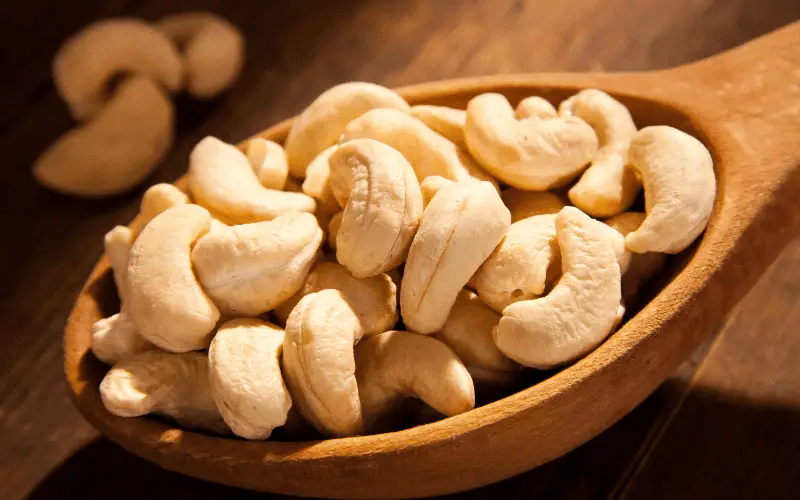2. Nuts and Seeds: The Delicious and Nutritious Way to Boost Your Magnesium Intake

Cashews: Cashews are another type of nut that is high in magnesium. A one-ounce serving of cashews provides about 74 mg of magnesium, or 19% of the daily recommended intake. Cashews are also rich in healthy fats, protein, and other essential nutrients like copper, manganese, and phosphorus. They can be eaten on their own, used to make creamy cashew-based sauces, or incorporated into recipes like stir-fries and grain bowls.
Almonds: Almonds are not only a delicious snack but also a magnesium powerhouse. A one-ounce serving of almonds contains approximately 80 mg of magnesium, or 20% of the daily recommended intake. Almonds are also high in healthy monounsaturated fats, vitamin E, and fiber. They can be enjoyed whole, as almond butter, or incorporated into dishes like salads, yogurt bowls, and baked goods.
Pumpkin Seeds: Pumpkin seeds, also known as pepitas, are a fantastic source of magnesium. Just one ounce of pumpkin seeds provides around 156 mg of magnesium, or 39% of the daily recommended intake. Pumpkin seeds are also packed with other nutrients like zinc, iron, and protein. They can be enjoyed roasted as a snack, sprinkled on salads or yogurt bowls, or added to granola and trail mix.
Sunflower Seeds: Sunflower seeds are another magnesium-rich seed option. A one-ounce serving of sunflower seeds contains about 91 mg of magnesium, or 23% of the daily recommended intake. Sunflower seeds are also a good source of healthy fats, vitamin E, and other essential nutrients like copper, manganese, and selenium. They can be enjoyed on their own, added to homemade granola or trail mix, sprinkled over salads, or used as a crunchy topping for yogurt and oatmeal bowls. (2)